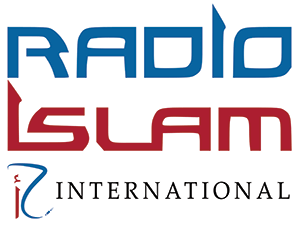In conversations about genocide, the focus is often on destruction — on death tolls, war crimes, and unimaginable suffering. And while it is necessary to confront that brutality head-on, it is just as important to recognize what often goes overlooked: resistance, survival, and resilience. Even in the face of mass violence, targeted communities do not simply disappear. They resist. They survive. They carry their histories, languages, memories, and dreams through the worst that humanity can do to them. This is especially true for Palestinians, whose endurance under decades of occupation, displacement, and systemic violence reflects a powerful form of collective resistance.
Genocide is not only about physical extermination. It also seeks to destroy a people’s identity—their sense of belonging, their ability to narrate their own story, and their connection to land, language, and culture. But from the earliest stages of persecution, people find ways to push back.
Resistance during genocide takes many forms — not just armed struggle, but also cultural preservation, education, art, protest, and simply surviving day to day.
In Palestine, resistance has always been deeply woven into daily life. This is not just a political struggle; it is a fight for existence in the most literal sense. Despite the immense suffering, Palestinians have continued to live, speak, teach, create, and imagine futures for themselves. That act alone — in a world trying to erase them — is a form of defiance.
Cultural resistance is one of the most enduring and meaningful ways Palestinians have preserved their identity. Throughout generations of occupation and displacement, Palestinian poets, nasheed artists and painters have kept their history and heritage alive. Writers like Mahmoud Darwish, whose poetry speaks of exile, return, and memory, have become icons not just for Palestinians, but for oppressed people around the world. Folklore, embroidery, cuisine, and storytelling continue to be passed down in refugee camps, across borders, and under occupation — as threads connecting Palestinians to each other and to their roots.
Education, too, is an act of resistance. Under conditions where schools are bombed, blockaded, or underfunded, Palestinian students and teachers persist in learning and teaching. Universities in the West Bank and Gaza operate under tremendous pressure, but they still produce scholars, doctors, engineers, and activists who continue to speak truth to power. Teaching children about their history, their language, and their rights is one of the most revolutionary things a community can do when the world tries to silence them.
Even in the direst of circumstances — during bombings in Gaza, under curfews in the West Bank, or in exile abroad — Palestinians continue to resist in deeply human ways. They plant olive trees even when settlers or soldiers destroy them. They rebuild their homes after demolition. They protest at checkpoints and on social media. They share their stories, document the truth, and build solidarity across borders.
Survival itself is a form of resistance. In Gaza, where food, medicine, and electricity are weaponized against the population, the simple act of raising a child, preparing a meal, or comforting a neighbour becomes an assertion of dignity. The world may call this survival passive, but it is anything but. It is the steady, stubborn refusal to let oppression define one’s existence.
Palestinian women, in particular, have been at the forefront of resistance — not only as political activists but as caretakers of life, language, and community. In homes, in refugee camps, and on the front lines of protest, women carry the memory of past generations while shaping new ones. Their resilience is not only in their strength but in their capacity to nurture hope, even in the darkest conditions.
Genocide seeks not only to kill, but to break the spirit of a people. Yet what we see time and time again is that even amidst rubble and ruin, people continue to live. They continue to resist not just through confrontation, but through joy, creation, and memory. In the case of Palestine, this resistance is not just reactive — it is generational. It is a living legacy passed down through poetry, through songs sung in exile, through keys held by refugees still dreaming of return.
The story of genocide is never complete without the story of those who refuse to be erased. And in Palestine, that refusal echoes in every voice that says “from the river to the sea, Palestine will be Free.”





0 Comments